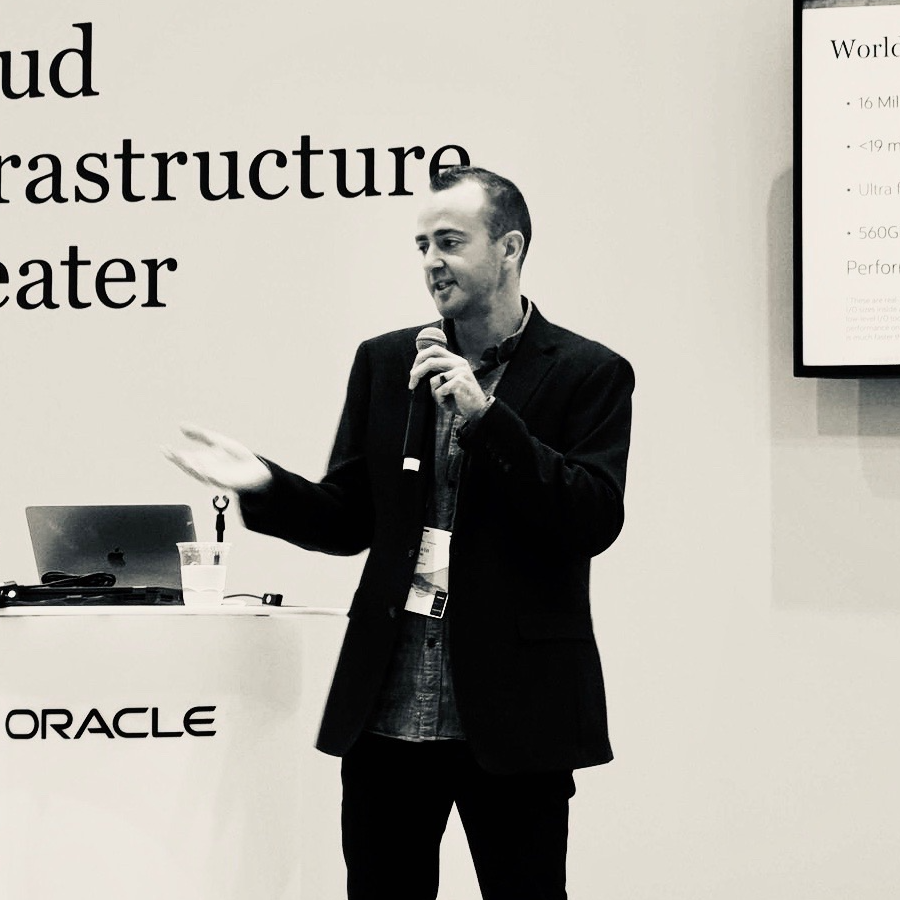As 2020 drew to an end, citizens worldwide welcomed 2021 with an odd mix of hope and despair. The COVID-19 pandemic had changed our lives in many ways, and we were all still acclimatizing to our new of life. This new normal saw a significant increase in our dependence on technology and the adoption of new communication mediums. “Social-distancing” went from a quirky term to standard vernacular. Enterprises worldwide feverishly upgraded IT infrastructure to cope with the increased demand for online presence. All the while, employees at Oracle and our technology partners worked hard to show that the human spirit, intellect, and innovation were more resilient than viruses.
During 2021, we released three new products: The eleventh generation of Oracle’s flagship product, Oracle Exadata X9M Database Machine; its sibling, Oracle Exadata Cloud@Customer X9M; and their cousin, Oracle Zero Data Loss Recovery Appliance (ZDLRA) X9M. This was a fantastic achievement considering the pandemic and the impediments that came with it.
We had a dual focus during the first half of the year. The first order of business was to help our customers continue scaling their businesses by delivering monthly software releases and security fixes in line with Oracle’s longstanding commitment to data and information security. The second order of business was to continue innovating on our new products, the Exadata and ZDLRA X9M generation systems.
The first week of May saw the release of Exadata System Software 21.2. This release delivered features that would lay the foundation for the release of the X9M platform and provided several capabilities that enable our customers to extract maximum value from their Exadata investments. These capabilities include:
- Persistent Storage Index and Persistent Columnar Cache: These features enable customers to achieve consistent performance after planned and unplanned downtimes by persisting storage indexes and columnar cache contents.
- Smart Scan Metadata Sharing: An optimization that shares common query metadata across Smart Scan sessions in parallel. The benefits are best seen in sophisticated workloads with large amounts of metadata such as data mining, JSON/XML-type tables, and joins with bloom filters.
Several features to ease system management, such as:
- New capabilities to monitor and manage networking infrastructure
- Faster rolling upgrades that reduce individual server downtimes during software updates, delivering a reduction of ~55-mins to update a full-rack Exadata system
- Automatic and faster recovery from component failures
- Enhanced Database Server alerting, which enables enhanced visibility during incident analysis, in turn reducing downtime
As a result of the Exadata X9M launch preparation, there was a frenzy of activity in the second half of the year as we ironed out the remaining wrinkles. Manufacturing lines were primed, performance metrics were gathered, release checklists were scrubbed, collateral was reviewed, documentation was redied, service depots were populated with spare parts, sales training was delivered, and analysts were briefed. All of this activity culminated in the release of the Exadata X9M generation in late September 2021.
The X9M generation of Exadata and ZDLRA takes advantage of the latest innovations of Ice Lake-SP, the 3rd generation Intel® Xeon® Scalable processor, which includes increased cores combined with increased memory and I/O bandwidth. During the X8M generation launch in 2019, Oracle introduced Intel® Optane™ Persistent Memory (PMem) while moving to an RDMA over Converged Ethernet (RoCE) internal fabric. Using PCIe Gen4, Exadata X9M delivers an 80% increase in the aggregate internal fabric throughput (now 200Gbps), while simultaneously upgrading the Pmem infrastructure to Series 200. The flash subsystem was upgraded to PCIe Gen4, thereby delivering an 80% increase in flash throughput. Finally, we increased the system’s storage capacity by 28%, moving to 18TB hard disk drives from 14TB in X8M.
As you all know by now, Exadata System Software is the secret sauce that extracts the raw power of the hardware and translates that power into real-life benefits for our customers. Did we do it again? Let’s take a look by the numbers (compared to the X8M generation):
- 72% increase in OLTP read I/O operations per second (IOPS) – now up to 27.6 million reads per second, all at less than 19 microseconds latency
- 87% higher analytics scan throughput – now up to 1050 GB/sec
But what do these numbers mean? Think database consolidation. Are you suffering from server sprawl, having to instantiate large numbers of database instances coupled with massive volumes of data to run your enterprise? This problem is tailor-made for an Exadata solution. The immense potential for both OLTP and analytics workloads, available in the X9M generation, makes it ideal for consolidating multiple databases onto a single platform without saddling mission-critical databases with the “noisy neighbor” problem.
You know you can get the performance you need from Exadata just by glancing at the numbers above, but that’s only part of the story. Exadata System software comes with unique prioritization of traffic for latency-sensitive and other mission-critical workloads while simultaneously providing isolation between multiple tenants and their workloads across the entire stack. Intricate knowledge of the hardware, combined with a deep insight into workloads executing on the system in real-time, makes Exadata The World’s Best Database machine.
As if that list of incredible increases in performance were not enough, we went one step further and kept the system’s price the same, reducing the cost per transaction by 42% and the cost per analytics scan by 47% compared to the prior generation. Customers further benefit from the multiplicative effect of reduced server sprawl and lowered database management overheads.
Keep an eye out for additional features, enhancements, and innovations for the Exadata family in 2022. Additionally, there will be more big news for Exadata Cloud@Customer, Exadata Cloud Service, Autonomous Database and, of course, Exadata’s flagship on-prem hardware, the Exadata Database Machine.
A big thank you to our Support, Services, Operations, Field, Marketing, Sales, and Engineering teams. A special thank you to our partners, and especially you, our customers.
With the Coronavirus raising its ugly head again, we face a specter of new challenges. Nonetheless, we’re confident that Oracle and all our customer and partners will continue delivering innovative solutions to the world’s data management problems.
Have a happy and safe holiday season. The Exadata and Recovery Appliance families wish you all the best for the new year.
See you in 2022.

